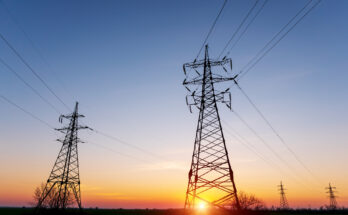According to a recent research, procuring hour-by-hour clean energy inside an energy buyer’s grid can result in a higher decrease of greenhouse gas emissions than 100 percent clean energy matching, while also stimulating deployment of clean firm power generation and long-duration energy storage.
The Princeton University ZERO Lab research is the first to examine the grid effect of 24/7 carbon-free power procurement, which is gaining popularity among corporate and governmental energy buyers.
President Biden has vowed to promote 24/7 matching at the request of Google, Hewlett Packard, and the Clean Air Task Force, and has set a target of decarbonizing the US grid by 2035.
According to a separate study titled “Clean Power by the Hour,” costs increased with the level of hourly load matching compared to costs for meeting annual procurement targets, near-term emissions reductions for hourly load matching depend on regional grid mix, and hourly procurement strategies can create new markets for emerging technologies.
“Overall, we find that hourly load-matching tactics can help establish the basis for a decarbonized grid in the long run, but should be carefully tuned to region-specific grid dynamics to also optimize emissions reductions in the short term,” the report’s authors concluded. “Buyers who have not yet offset 100 percent of their yearly power usage with purchased (carbon-free energy) may be certain that doing so based on annual objectives in low-renewable-energy-adoption regions will continue to deliver meaningful climate benefits. This is possible even as consumers who have already achieved that aim continue to push the threshold of complexity and pave the road for a 100% CFE grid.”
Google, for example, has been carbon-neutral since 2007 via carbon offsets and was one of the first firms in 2017 to purchase renewable energy directly via PPAs. The firm is now shifting from 100 percent yearly renewable energy matching to 24/7 matching by 2030.
Instead of yearly, volume-based targets, this transformation entails emphasis on regional grid demands and hourly load balancing. Google will have achieved 67 percent carbon-free energy globally on an hourly basis by 2020.
“The overarching objective of our initiative is to expedite grid decarbonization,” Devon Swezey, Google’s worldwide energy market development and policy director, stated on Tuesday during a webinar with the Northeast Clean Energy Council and RMI. “This is why we incorporate grid carbon-free energy in our approach and adjust our procurement to address existing grid CFE shortfalls today.”
According to Alicia Barton, CEO of First Light Power, the corporate PPA can reduce risk but “prevents combinations of technologies like the ones that will be critical to deliver what we need for the grid.”





